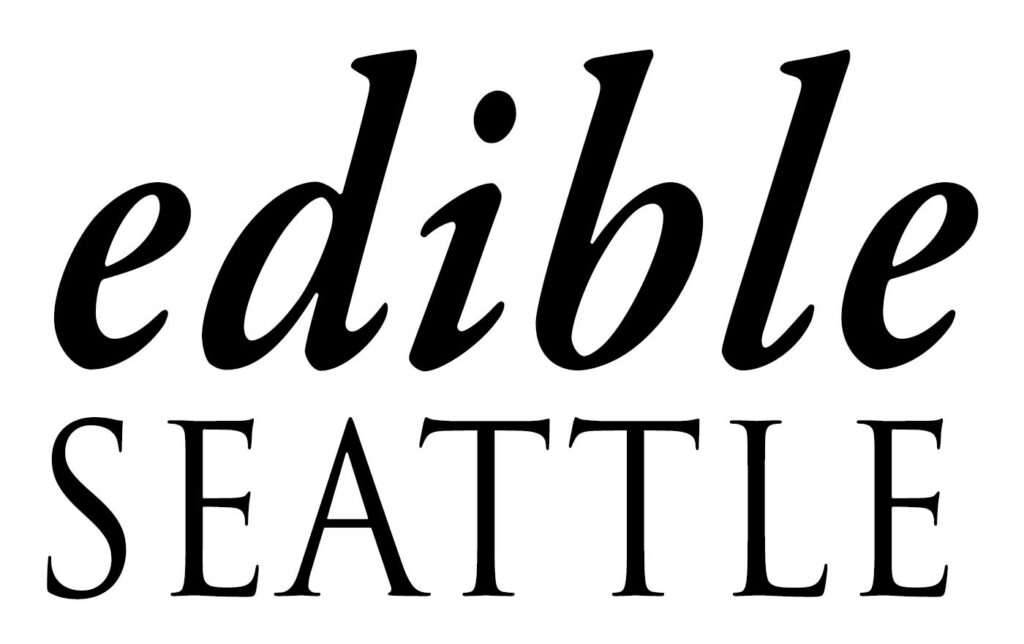BY JILL LIGHTNER
I assume it’s going to rain steadily from December to March. Over the years, I’ve learned to react to these fuzzy gray winters with calm fortitude, and a pile of good books. Some inspire me to plan for sunnier days, others get me into the kitchen to further my carbo-loading semi-hibernation. Best of all, they keep my brain active even if I don’t leave the house.
Gardening
Edible Heirlooms
It seems like everyone started eating their yard this year, and along comes Bill Thorness beautifully encouraging gardeners to take their edibles to the next level. Designed specifically for the western coast of the Pacific Northwest, the book goes into particular detail for the history behind specific varieties; it also includes start-to-finish recommendations on everything from planting to seed saving to storing your harvest. An excellent resource guide uncovers small seed companies working to preserve rare varieties. (Skipstone Press, October 2009, $18.95)
Philosophizing
Jam Today
Not everyone actually likes—or uses—precise recipes. Sometimes, the best inspiration for getting into the kitchen is simply reading about what someone else cooked. This small book is an appealing peek into author Tod Davies’s kitchen and garden. There are indeed recipes for all sorts of good things, like creamy scrambled eggs and “the best thing to do with turnip greens”, but chances are this book will whet your appetite for what you have on hand. It might just turn out that the best thing to do with turnip greens works even better with collards, or spinach. That’s the fun part of experimenting, and that’s exactly what Tod communicates. (Exterminating Angel Press, August 2009, $15.95)
Bringing it to the Table
At some point in the last few years, Wendell Berry went from being a crackpot to being a visionary. (That’s often the way of crackpots.) This collection of his essays dates back to the 1970s; the topics range from sanitation on small farms to topsoil preservation—and in each one, a case is made for the support of traditional (pre-WW2) agricultural methods. The final section, on food, veers away from nonfiction and presents a lovely selection of fictional excerpts that relate to cooking and eating. Not many food books manage to be this inspiring, informative, and comforting all at once. Reading Berry will lead directly to putting down the book and marching forth in an effort to change your world. (Counterpoint, September 2009 $14.95)
Cooking
Gourmet Today
Every kitchen has the default reference book—the one where you know you’ll find the right recipe, along with the details on an unfamiliar spice and a new inspiration so you impress yourself with your own culinary genius. Once in a great while, a new book comes along that replaces the trusty standby, but it’s a rare bird and requires just the right mix of tradition and creativity, along with thoroughly tested, utterly reliable recipes. It shouldn’t surprise anyone that Gourmet is capable of assembling such a gem. Classic cocktails, luscious vegetarian dishes, a world of ethnic flavors, comforting breakfasts and just enough unusual ingredients (how about goat tacos for dinner tonight?) to keep it interesting for years to come. (Houghton Mifflin Harcourt, September 2009, $40.00)
The Spanish Table
This book, by the owners of the Pike Place shop The Spanish Table, is one of those lovelies you can’t decide whether to cook with or to display on the table. Gorgeous close-up shots of brilliant red paprika are blended with detailed recipes that make the most of Spanish traditions and ingredients. An entire chapter is devoted to variations on paella, while others provide notes on wine. Many recipes might intimidate a kitchen novice, but some—frying Macrona almonds in olive oil, or adding saffron-scented whipped cream to a bakery cake—are simple enough to appeal to a non-cook just returned from a backpacking trip through Spain. (Gibbs Smith, 2009, $30.00)
Flying Apron’s Gluten-Free & Vegan Baking Book
It’s not every baking book that uses garbanzo bean flour. Even more unusual: a baking book that uses garbanzo bean flour and still appeals to the diehard lover of junk food. The recipes—from classic apple pie to a delectable maple shortbread—are approachable for all levels of experience, while the ingredients are vegan (lots of coconut oil and fruit purees), gluten-free (rice flour, nuts and cornmeal, not just the beans), and frequently (not always) offer quite low glycemic indexes thanks to agave syrup. You don’t have to have a gluten allergy to fall in love with a carrot cake made with chestnut flour. A resource guide at the end will point you towards online shops for hard-to-find ingredients. (Sasquatch Books, December 2009, $21.95)
